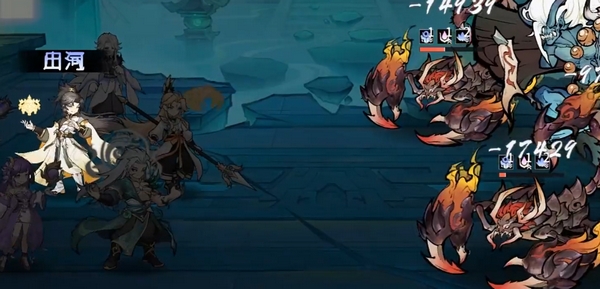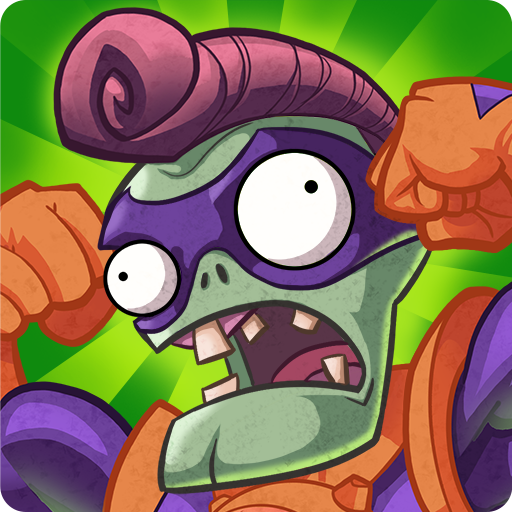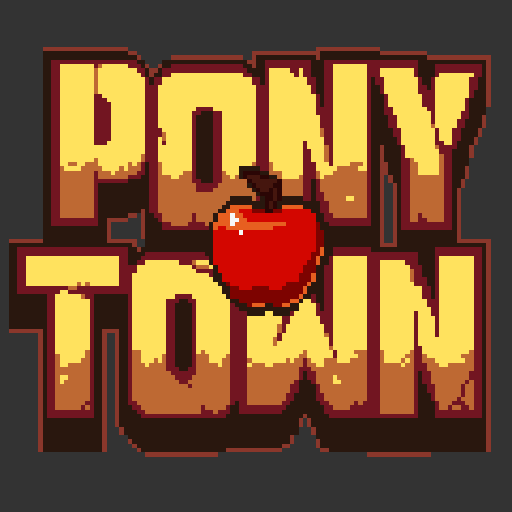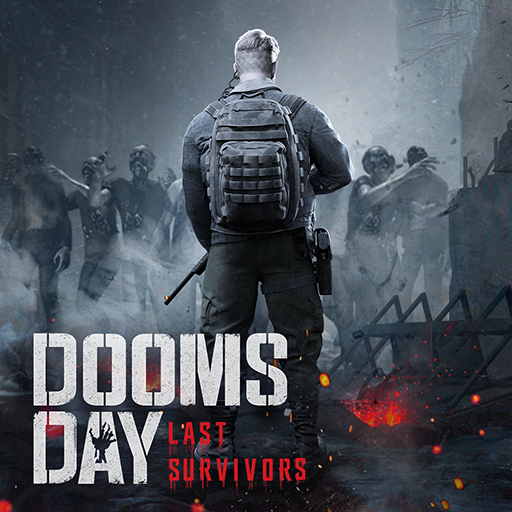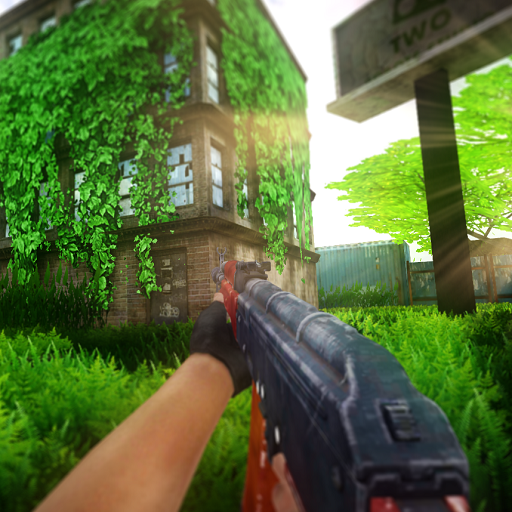Today, I will be introducing the content about whether Plants vs. Zombies 3 is fun to play, Plants vs. Zombies 3 breaks through traditional scene limitations, enriches the types of plants and zombies, and designs a variety of level modes and cultivation systems. The lineup of plants and zombies continues to expand, with new characters bringing fresh tactical possibilities. Level modes and cultivation systems also achieve multi-dimensional innovation. Plants vs. Zombies 3 innovates and optimizes the core tower defense mechanism, making battle strategies more flexible and varied. Let's take a look together.
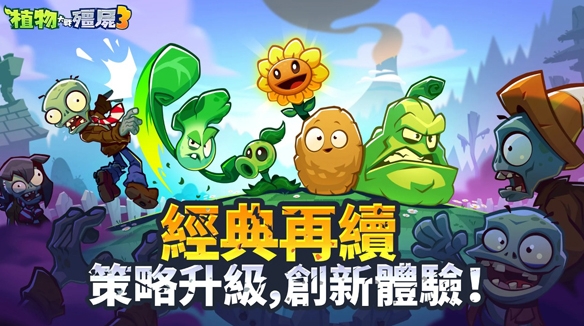
The latest pre-registration and download address for "Plants vs. Zombies 3"
》》》》》#Plants vs. Zombies 3#《《《《《
Plants vs. Zombies 3 is very fun to play, the core tower defense mechanism achieves innovative breakthroughs while being passed down. The game retains the classic framework of plants blocking zombie invasions, where players need to scientifically place plants on the path of zombie advancement to build a defensive system. Unlike its predecessors, some versions adopt a fixed slot design instead of a free card pairing mode. The preset plant combinations simplify the initial preparation process, lowering the entry barrier for newcomers while guiding players to focus on real-time strategy adjustments on the battlefield.

The scene design breaks through traditional limitations, expanding from backyard lawns to urban streets, floating islands, tidal coasts, and other diverse areas. Each scene features unique dynamic terrain mechanisms. In the floating island levels, falling plates can change the battlefield layout in real time, requiring players to quickly reconstruct their defenses. In tidal scenes, periodically rising and falling seawater can submerge front-row plants, forcing players to flexibly adjust the combination of high and low-positioned plants. In sandstorm areas, wind and sand movement can distort zombie paths, testing players' predictive abilities. These dynamic elements make each battle full of variables, and the interaction between scene mechanics and plant characteristics becomes an important consideration in strategy formulation.

The richness of the plant and zombie factions provides multiple strategic options for battles, becoming the familiar tactical foundation for players. New plants bring new combat logic. The straight-line penetrating damage of Laser Cucumber is suitable for dealing with dense zombie groups, the time-warping effect of Time Chili can delay key waves of attacks, and the output fluctuation characteristic of Socially Anxious Mushroom requires players to control the density of zombies on the battlefield. Zombie types also show diversified development. Flying zombies, which ignore ground defenses, require air-defensive plants like Shamrock to be paired with. The high defense attribute of Armored Zombies relies on units like Squash and Fire Chomper to deal with. The stealthy approach mechanism of Disguised Zombies tests players' battlefield observation skills. The restraining relationship between the characteristics of plants and zombies forms the core logic of battle strategies.
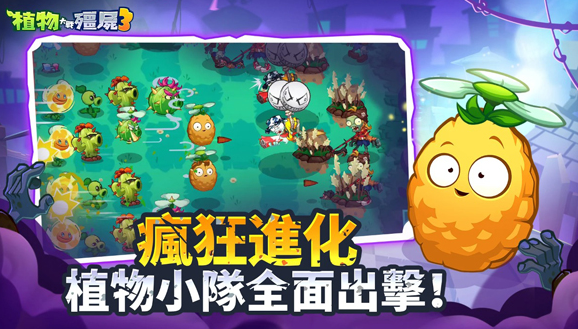
The content about whether Plants vs. Zombies 3 is fun to play has been introduced, township cultivation is deeply integrated with the progression of the story, allowing players to plan the layout of buildings, decoration styles, and plant planting areas autonomously, turning the rebuilding process into a personalized creative experience. Character-related cultivation content is gradually unlocked as the game progresses.

